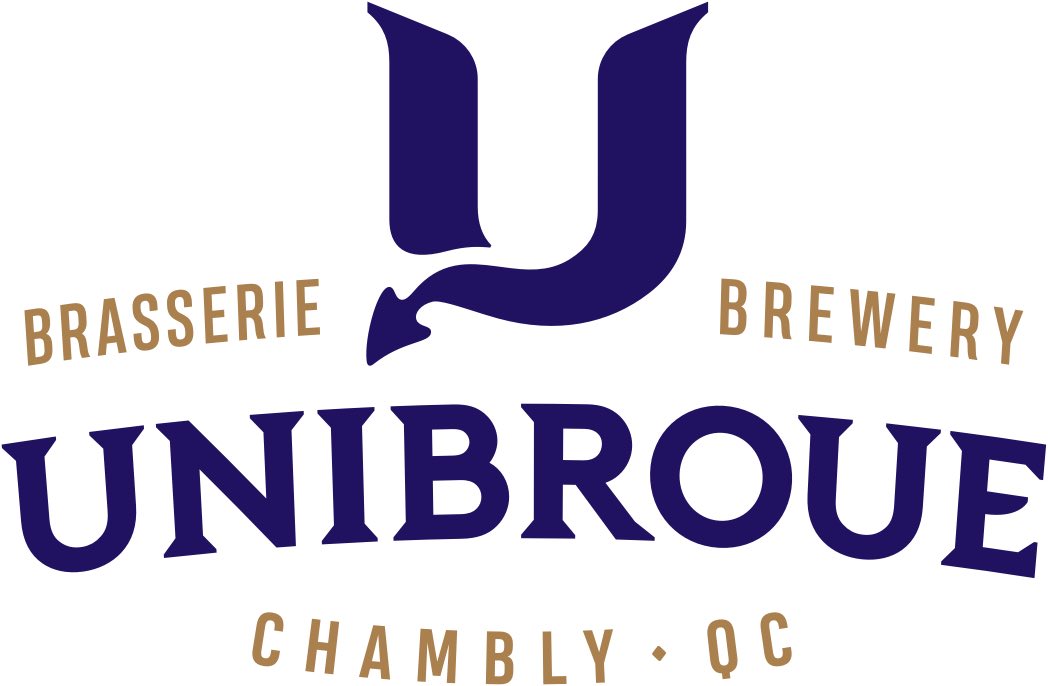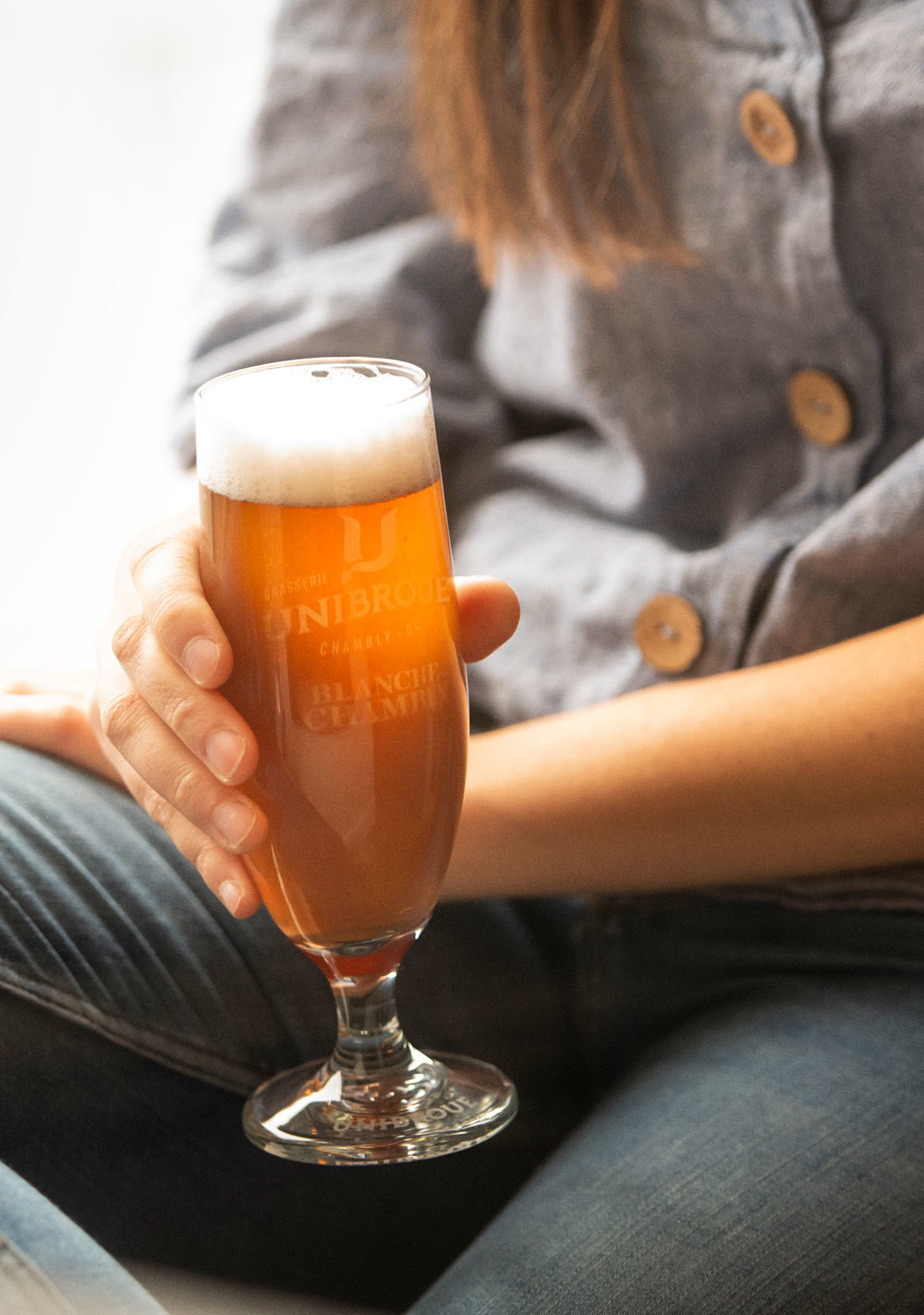
Are you of legal drinking age in your jurisdiction?
Sorry. You must be of legal age to visit this website
Sommelier's advice

Enjoy yourself and discover the art of tasting so you can truly appreciate the qualities of our distinct beers.

Is this your first tasting experience? To appreciate all the subtleties that our beers offer, first awaken your five senses. Each of them highlights particularities that allow you to better recognize the uniqueness of each product.

Your ears bring out the pleasure in you, with the "POP" of a cork or the "PSCHITTT" of a bottle cap. The sight makes you salivate (color, effervescence, foam). The nose detects the scents and highlights the aromatic characteristics of the beer. The touch, in the mouth, makes you appreciate the temperature of your beer, its effervescence, its texture and its sensation (or not) of alcohol heat. The taste buds identify the four basic flavors: sweet, salty, sour and bitter. And it is only after swallowing that you will identify all the other flavors!
Not all beers are drank cold! Temperature influences your sensory perception and affects your experience depending on the style of beer you drink.
Limits the aromas perceived by the nose, increases visible effervescence as well as the tingling sensation and, consequently, the taste of CO2. Accentuates the bitter taste and the feeling of hoppy dryness and makes beer easier to drink.
Stimulates aroma, intensifies the sweet taste of all malts (making a heavier experience), highlights malty notes (fresh bread, hazelnut, caramel, toast, chocolate, coffee, etc.), allows for a generous head with a pleasing visual appearance and slows the oxidation that degrades the taste.
Barley Wine, Imperial Stout, Quadruple, Double IPA, Doppelbock
Bitter, Saison, English Pale Ale, India Pale Ale, Baltic Porter, Strong Belgian, Bocks, Scotch Ale
Helles, Viennese, Belgian Double and Tripel, Amber Ale, American Pale Ale, Stout, Porter, Gueuze, Lambic
Blonde Lager, Pilsner, Kölsch, Belgian White, Weizen, Fruity Lambic
"Light" Commercial Lager
A serving ritual for divine beers
Before opening a Unibroue ale, gently turn the bottle upside down and then gently spin it around a few times.
Open the bottle.
Rinse your glass with water and hold it at a maximum angle of 45 ̊. Slowly pour the beer along the side of the glass until it's half full.
Straighten the glass while continuing to pour the beer into it. From there, be sure to pour the beer in the centre of the glass to form a generous head of foam.

It's tasting time – when you put all your senses in action. Here's a simple and effective method that allows you to fully appreciate the moment.

Hold your glass by its base. Analyze the following characteristics: colour; the clarity of the liquid (translucent, hazy, cloudy, opaque); bubbles (quantity, size, consistency); the head (thickness, density, durability).

First, smell while paying attention to the dominant scent. Repeat twice while swirling the liquid around the glass while trying to identify the secondary scents. Don't be shy – there are no wrong answers.

Take a small sip and keep it in your mouth. Use your taste buds to try to identify the presence or absence of the basic flavours: sweet, salty, sour and bitter. Swallow and focus on the same flavours. The dominant one is in the aftertaste. And it's not always bitterness!

Take a sip, keep it in your mouth for several seconds, then swallow while exhaling. This is where the aromas appear as well as all the other flavours (a fruit, a herb, an essence, any other substance, etc.).
Keep in mind the ultimate goal of drinking a beer: PLEASURE. Tasting is simply a different way to attain it and not a goal in and of itself. If it's too complicated, to heck with the theory and just drink!
Cheers!
